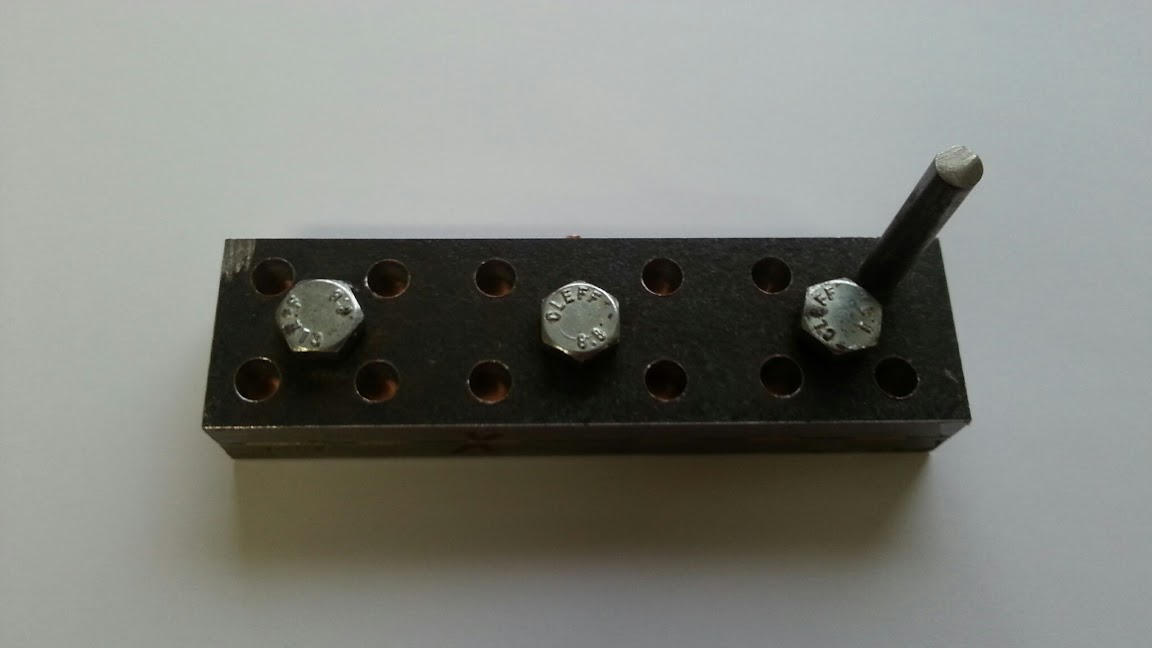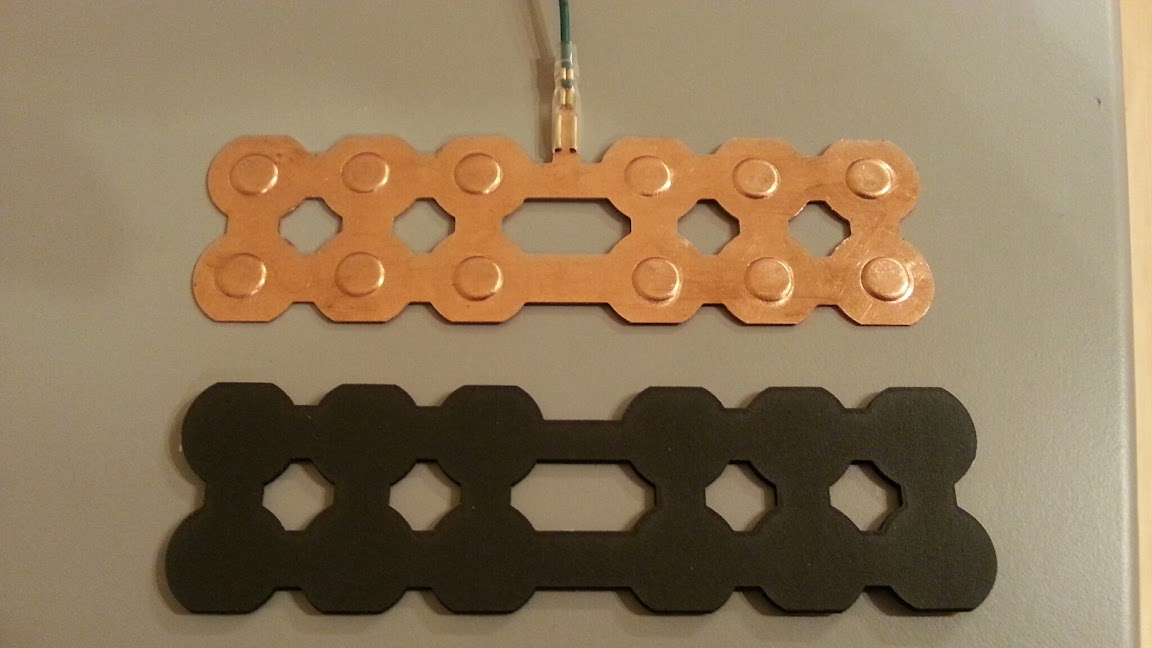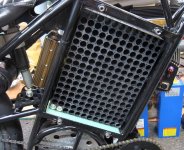Awesome tool agniusm! And nice video as well, very professional and precise looking operation. :thumb:
Your getting really nice parts, and it's really nice to see somebody else that's doing this kind of thing.
Just visited your web site and really like what you've been doing with the module, really cool set up, and
I'm probably biting off more than I can chew with a 16/12 pack to say the least. I was surprised to read about
your experience with nickel plating and the resulting brittleness,.. hmm, might have to rethink that deal.
The dimples I'm making are a bit deeper than yours, to reach through the FR4 board, and tend to draw in the
surrounding copper a little I've noticed. In fact I use a light oil on all the parts to allow for this to happen.
I think if I clamp the copper on top it might lead to ripped dimples in this situation, could be wrong, but just
going back and forth with the hammer to keep the top flat seems to work well enough so far, I can't complain.
Dimple height seems to be consistent enough, and I'm hoping that the Poron will make up for any slight
differences. There's a lot of hope going on though, so once I bolt it all together I may have to walk this all back
a ways,..

If I was going to make more than one battery I would definitely think about making a press ZeroEm, but I'm
not sure about the stop part since the punch has to hit something hard behind the dimple, unless I'm missing
something,..
I know that stan.distortion uses cap screws so that he can adjust for dimple heights, which is a nice option.







